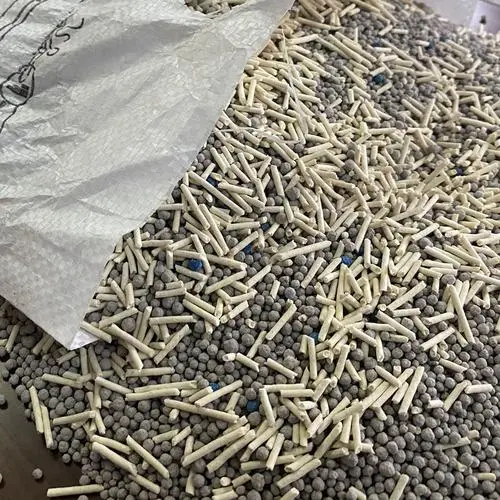
Understanding the Applications and Benefits of Industrial Talc in Various Industries
Industrial Talc An Overview of Its Importance and Applications
Talc, a naturally occurring mineral composed primarily of magnesium, silicon, and oxygen, has been used for various industrial applications for centuries. Often recognized for its softness and greasiness, talc is the softest mineral on the Mohs scale, rating a mere one. This unique property, alongside its chemical composition, makes industrial talc a crucial component in numerous industries, including ceramics, plastics, rubber, paper, paint, and cosmetics.
Chemical Properties and Composition
Talc is a silicate mineral, belonging to the phyllosilicate class. Its crystal structure is layered, which allows for the material to be easily cleaved into thin sheets. The basic chemical formula of talc is Mg3Si4O10(OH)2·Mg(OH)2·4H2O, indicating its composition of magnesium silicate. The high aspect ratio and platy structure of talc contribute to its utility in various applications, as these characteristics can enhance the mechanical performance and aesthetic properties of end products.
Key Applications of Industrial Talc
1. Plastics
One of the most significant uses of industrial talc is as a filler in the plastics industry
. Talc enhances the processing of thermoplastic and thermosetting resins, improving the physical properties of the final products. It increases rigidity, impact resistance, and heat stability, which are essential for automotive, consumer goods, and packaging materials. Talc also contributes to a reduction in cost because it can replace more expensive fillers while maintaining or even improving product performance.2. Rubber
Talc is commonly used as a processing aid in the rubber industry. It minimizes the stickiness of rubber compounds, facilitating easier processing and handling. Furthermore, talc enhances the mechanical properties of rubber products, such as tires and industrial rubber items, providing improved strength, heat resistance, and reduced viscosity during processing. The use of talc extends the life of rubber products while optimizing their functionality.
3. Ceramics
industrial talc

In ceramics, talc serves as a flux, allowing for better melting and shaping of raw materials. The addition of talc increases the thermal expansion and decreases the firing temperature of ceramic products, making it a valuable additive in the production of porcelain, stoneware, and tiles. This property not only optimizes the production process by saving energy but also enhances the overall strength and durability of ceramic items.
4. Paper
The paper industry also utilizes talc for its excellent pH neutrality and its ability to improve the opacity and brightness of paper products. Talc can be used as a filler, coating pigment, or surface treatment agent. The presence of talc in paper enhances its smoothness and printability, making it an essential component in the production of high-quality printing papers.
5. Cosmetics
In cosmetics, talc plays a vital role as an ingredient in various personal care products, such as baby powder, face powder, and other formulations. Due to its absorbent properties, talc helps to absorb moisture and oil, providing a smooth texture and improved skin feel. However, the use of talc in cosmetics has recently come under scrutiny regarding safety concerns, leading to increased demand for talc alternatives.
Safety and Environmental Considerations
The mining and processing of industrial talc raise important safety and environmental considerations. As the demand for talc grows, it is crucial to ensure that extraction processes are performed sustainably. Additionally, there are ongoing discussions regarding the potential health risks associated with talc, particularly concerning talc that may be contaminated with asbestos. Regulatory bodies are evaluating these concerns to protect both consumers and workers in the talc industry.
Conclusion
Industrial talc remains a vital mineral in various manufacturing sectors due to its unique properties and versatility. From enhancing the physical traits of plastics and rubber to improving the efficiency of ceramic production and the quality of paper, talc holds a significant place in contemporary industry. As research progresses and regulations evolve, it is essential for industry stakeholders to prioritize safety, sustainability, and innovation—ensuring that talc continues to meet the needs of a diverse range of applications while addressing health and environmental concerns.
Share
-
Premium Glass Sand Solutions | High Purity SupplyNewsAug.03,2025
-
Premium Talcum Powder Enhanced with GPT-4 Turbo | Soft & Long-LastingNewsAug.02,2025
-
Fly Ash Solutions Enhanced by GPT-4 Turbo | Sustainable InnovationNewsAug.01,2025
-
Natural Premium Bentonite Cat Litter - Superior ClumpingNewsJul.31,2025
-
Premium Resin Coated Sand - High Heat Resistance CastingNewsJul.31,2025
-
High Quality Silicon Carbide Grit for Abrasive ApplicationsNewsJul.30,2025






